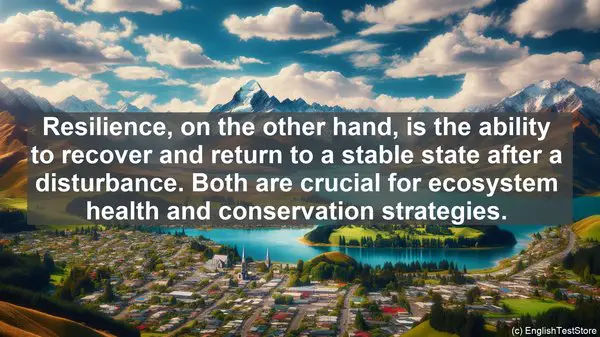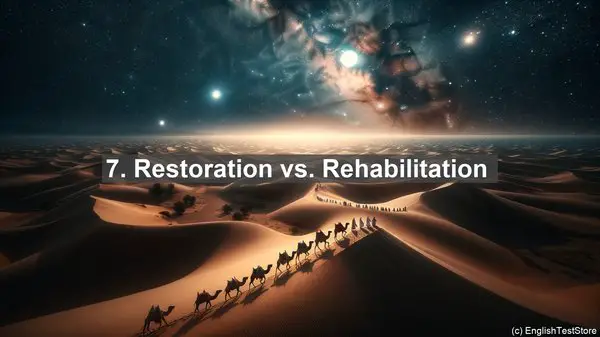Introduction: The Importance of Language in Conservation Ecology
Welcome to our lesson on the top 10 commonly confused words in conservation ecology. While the field of conservation is all about protecting our natural world, it’s equally important to communicate effectively. Misunderstandings due to word confusion can have serious consequences. So, let’s dive in and clarify these terms!
1. Biodiversity vs. Species Richness
Often used interchangeably, biodiversity and species richness have distinct meanings. Biodiversity encompasses the variety of life at all levels, including genes, species, and ecosystems. On the other hand, species richness refers specifically to the number of different species in a given area. Understanding this difference helps us assess the overall health of an ecosystem.
2. Endangered vs. Threatened
When it comes to species conservation, the terms ‘endangered’ and ‘threatened’ are frequently used. While both indicate a species at risk, there’s a subtle difference. ‘Endangered’ refers to a species facing a very high risk of extinction, while ‘threatened’ means a species is likely to become endangered in the near future. This distinction is crucial in prioritizing conservation efforts.
3. Habitat vs. Niche
Habitat and niche are often confused, but they refer to different aspects. A habitat is the physical environment where a species lives, including the biotic and abiotic factors. On the other hand, a niche is the role a species plays within its habitat, encompassing its interactions, resources, and behaviors. Understanding both is vital for effective conservation planning.
4. Invasive vs. Native Species
Invasive and native species are terms used to describe their origin and impact. Native species are naturally found in a particular ecosystem, while invasive species are non-native and have negative effects on the ecosystem they invade. Invasive species can outcompete natives, disrupt ecological processes, and even lead to extinctions. Managing invasives is a critical conservation challenge.
5. Keystone Species vs. Indicator Species
Keystone and indicator species are both important in ecological assessments, but they have different roles. A keystone species has a disproportionate impact on its ecosystem, often influencing the abundance and diversity of other species. Indicator species, on the other hand, provide insights into the overall health of an ecosystem. They can indicate changes or disturbances.
6. Ecosystem vs. Habitat
While closely related, ecosystems and habitats have distinct meanings. An ecosystem is a complex web of interactions between living organisms and their environment. It includes not just the physical space but also the biological community and the numerous interactions. A habitat, on the other hand, refers to the specific place where a species lives within an ecosystem.

7. Restoration vs. Rehabilitation
In the context of degraded ecosystems, restoration and rehabilitation are often mentioned. Restoration aims to bring back an ecosystem to its original state, including its structure and function. Rehabilitation, on the other hand, focuses on improving the ecosystem’s condition without necessarily restoring it to its original state. Both approaches have their applications.
8. Resilience vs. Resistance
Resilience and resistance are two important concepts when considering ecosystem responses to disturbances. Resistance refers to an ecosystem’s ability to withstand a disturbance without significant changes. Resilience, on the other hand, is the ability to recover and return to a stable state after a disturbance. Both are crucial for ecosystem health and conservation strategies.
9. Fragmentation vs. Connectivity
In the context of habitat loss, fragmentation and connectivity are key considerations. Fragmentation occurs when a large habitat is divided into smaller, isolated patches. This can have negative effects on species movement, gene flow, and overall biodiversity. Connectivity, on the other hand, refers to the presence of corridors or pathways that allow for movement between habitat patches.

10. Mitigation vs. Adaptation
As we face the challenges of climate change, mitigation and adaptation are two strategies. Mitigation focuses on reducing greenhouse gas emissions and addressing the root causes of climate change. Adaptation, on the other hand, involves adjusting to the changes that are already occurring. Both are important for a comprehensive response to the climate crisis.
